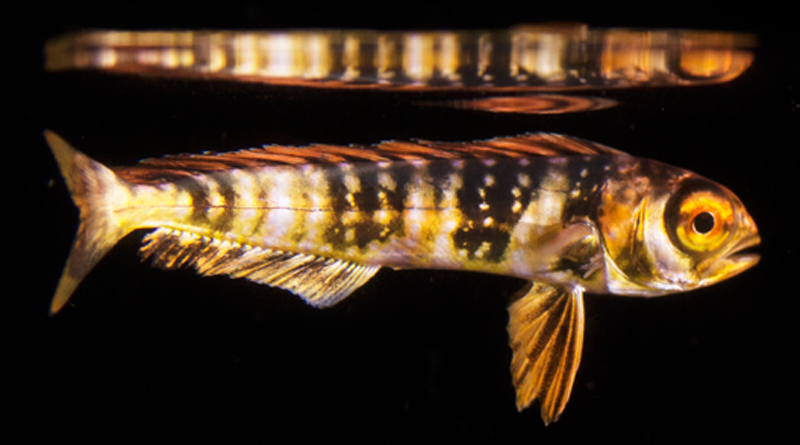Resolving the diet of marine fish larvae to increase aquaculture opportunities
PRINCIPAL INVESTIGATOR: Brian Bowen
Sea Grant Graduate Fellow: Cassie Kaʻapu-Lyons
Research Track: Aquaculture

The majority of the freshwater fishes in the pet store are raised in captivity on fish farms, while the vast majority of the marine fishes are taken from the wild. Taking aquarium fish from the wild usually involves removing them from coral reefs. While this can be done safely and sustainably, very often it comes with damage and destruction to reefs. Switching to raising marine fish in captivity could assure sustainable practices and remove pressure from beleaguered coral reefs. However, raising marine fish in captivity is harder than raising freshwater fishes. Marine fish eggs hatch into tiny larvae that float around for weeks or months in the ocean before transforming into juvenile fish and settling into coastal habitats. Larvae look very different from the adult, and what they eat is mostly unknown. This contrasts with the lifestyle of freshwater fishes, most of which have very short larval stages or even hatch looking like miniature adults. Finding what marine fishes eat while in the larval stage would improve the chances of raising them in captivity.
The purpose of this research is to use advanced DNA technology to resolve what larvae of marine fish are eating. Captured wild larvae are processed to use DNA barcodes in identifying the species in their stomachs, which can be tiny shrimp, jellyfish, and larvae of other species. Very often prey items in the larvae’s stomachs are impossible to identify visually, as they are broken apart and partially digested, but using their remnant DNA for identification provides a big leap forward.
In a pilot project with University of Hawai‘i Sea Grant (2020 – 2022), we proved that this technology works, and have already established the typical prey items from the larvae of a dozen fish species. In this work (2022 – 2024), we seek to expand this analysis to more fish species, and develop DNA barcodes to identify more prey species, while keeping a sharp focus on the species of commercial interest, both in the aquarium trade and as popular food choices. Eventually, we will work with industry partners to decide which fishes and prey items are good prospects for raising in captivity. Our ultimate goal is to create a new dimension of the aquaculture industry, both to enhance food security and to create jobs in coastal communities, as well as to take pressure off declining coral reefs and depleted marine fish stocks.

